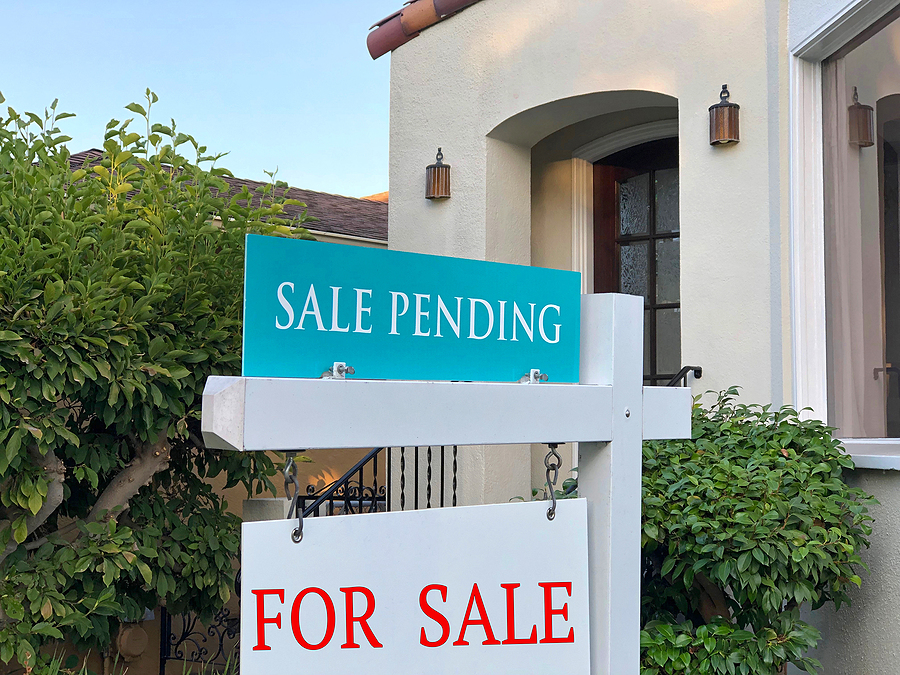May 28, 2021
Vegas odds would suggest that if you’ve invested in real estate, it was likely to make money. Knowing when the right time to sell can be challenging. If you are unsure if now is the best time to sell and make a decent profit, the below advice may help you determine if now is the right time to sell. You could have hundreds of reasons to sell a rental property, but here are the most common reasons people sell:
You’re Done With Real Estate Investment
Whether you’ve been investing in real estate for a few months or years, there often comes a time when you’re just over it. Maybe it wasn’t what you expected, it takes too much time and energy, or things have just naturally run its course. There’s nothing wrong with throwing in the towel and calling it quits, as long as you do things strategically.
The Appreciation Grew Significantly
If properties in the area are selling for much more than you bought for, you may consider if you should sell. Appreciation naturally occurs, but you can expedite it by making enhancements to the home and stay on top of needed repairs. Deciding when it’s the right time to sell when the property appreciates depends on your goals. Are you needing to save for retirement or for a shorter-term return? If you invested for retirement, you might want to hold onto the home longer so you’re certain the capital gains will be worthwhile. It all boils down to timing the sale right, which we will discuss below. If you sell during a year you have a high income, you may increase your tax liability significantly and walk away with less money in your pocket than you thought.
Tenant Retention Challenges
You have to keep the home occupied with tenants if you own a rental property. It’s not always a simple task, and some areas that were once great markets may die out over time. If you’re having a hard time keeping the home occupied, you may want to cut your losses and try selling for a profit so you can invest your money elsewhere.
You Found A More Lucrative Investment
If another investment appears more lucrative, you may want to pull money from your real estate investment and invest in something with potentially higher returns. If all goes well, you may want to sell your property to use the money to enhance your new investment. If you invest the funds in more real estate investments, you may get away with a Like-Kind Exchange, which means you don’t get hit for taxes on the property since you use the money to invest in another home. However, if you’ve invested in anything else, you’ll likely pay the taxes on your capital gains, which requires proper timing.
Too Much Upkeep
Let’s face it, handling a rental property can be hard work. You are the landlord, aka the person responsible for every little thing that goes wrong with the home. You’re also must handle payments, defaults, and lease contracts. The work load can add up quickly. You can hire a property management company, but unfortunately that will eat up a lot of your profits. If you can’t keep up with all that’s involved, you may decide to sell and invest your proceeds elsewhere. Whenever you decide to sell, you have a few considerations to make.
Tax Obligations
When you sell your rental property, you’ll owe taxes on the capital gains. Unlike primary residences, you won’t likely receive the capital gains exclusions for living in the property. You’ll most likely pay taxes on every dollar you gain. You should try your best to time the sale to minimize your tax liability. Unless you are just over real estate investment, you may want to consider a Like-Kind Exchange or at least see if you’re eligible instead. It’s worth the money to consult with a licensed tax professional or accountant to determine your eligibility. If you are done with real estate investing, its critical to understand the tax implications ahead of time. If you’ve owned the home for less than one year, you’ll probably pay a short-term capital gains tax. This means you’ll need to pay taxes at the current rate. If the capital gains bump you up to the next tax bracket, you’ll end up paying even more. If you owned the home for a year or more, you’ll likely pay a long-term capital gains tax, with the average investor paying 10% of their capital gains in taxes.
Tenants
If you have tenants in your rental property when you decide to sell, you’ll need to choose how you’ll sell. Here are a few options to consider.
Wait for the lease to expire – If you have a current tenant lease, you can wait until it expires, fix up the home and list it. If you choose this option, you can market the home to any buyer, not just investors. The downside is you have to wait to sell until the lease expires. If you have a lot of time remaining on the lease, you may not make as large of a profit as you hoped if the market changes.
Pay the tenant to vacate – If you want to sell now, you may be able to convince your tenant by paying them to vacate early. How much you should offer depends on the circumstances. You may go back and forth with the tenant a few times before you can reach an agreement. You’ll likely need to pay to help them move, cover the difference between the new rent and your rent for the remainder of the lease, or come up with another compromise.
Sell with a current lease – A final option is to sell with an active lease on the property. Also known as a turnkey property, you sell the home to another investor who takes over the landlord duties and earns cash flow from day one.
Answering the above questions, will be a critical first step in deciding whether or not now is the best time to sell your rental property or if you should wait until the cards are stacked more in your favor.











